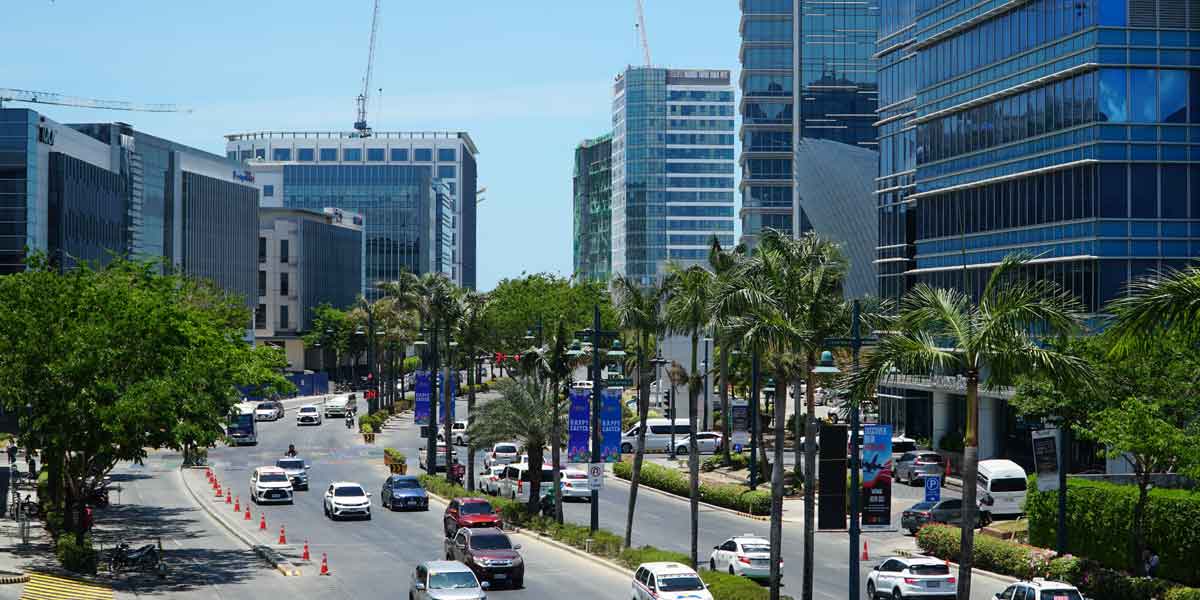The recent assurance by the National Grid Corporation of the Philippines (NGCP) that a repeat of the January 2024 blackout in Panay Island is unlikely is a welcome relief. However, this assurance must not overshadow the lingering challenges confronting NGCP and the broader energy sector, particularly in rapidly growing regions like Iloilo City.
Reliable power is a cornerstone of economic growth, and Iloilo’s 13% annual increase in power demand underscores this connection. The city is emerging as a key economic hub, and any failure to address its growing needs risks stalling its progress. The delays in NGCP’s 3×100 MegaVolt Ampere (MVA) substation project are a glaring example of how infrastructure bottlenecks can threaten a region’s development.
The delays in the Iloilo substation project, now scaled down to a 1×100 MVA capacity, are particularly troubling. While NGCP cites site access issues as the cause, such explanations fall short when viewed against the backdrop of 162 unscheduled outages in Iloilo City last year alone. These disruptions caused 811 hours of lost productivity, a statistic unacceptable for a city striving to attract investments and maintain its upward trajectory.
The Department of Energy (DOE) has highlighted the urgency of addressing Iloilo’s power needs, but NGCP cannot shoulder the responsibility alone. The energy industry operates in a tightly interconnected ecosystem, requiring all stakeholders—distribution utilities, power generators, and regulators—to work in lockstep. Misalignment in their priorities, approvals, or projects creates inefficiencies that reverberate through the entire sector.
One pressing issue is the approval process for NGCP’s investment proposals, which is notoriously slow. As one lawmaker pointed out during the legislative hearing, ensuring adequate reserves in all regions is non-negotiable. If the Competitive Selection Process for ancillary reserves in Visayas has been completed, why do delays persist in project execution? Simplifying and expediting regulatory approvals is essential if we are to bridge the gap between planning and implementation.
NGCP also faces the monumental task of balancing immediate contingencies with long-term planning. While its improved reserves are commendable, they cannot substitute for infrastructure that anticipates growth. Energy resilience is more than keeping the lights on—it’s about creating a stable environment for industries to thrive and for communities to grow.
The broader challenge lies in ensuring that the energy industry adopts a forward-looking approach. Iloilo’s double-digit demand growth is well above the national average of 6%. This trend shows no sign of slowing, which demands not just catch-up strategies but proactive measures. The original 3×100 MVA capacity for Iloilo’s substation project must be reinstated. Scaling down critical projects is a short-sighted move that sacrifices long-term reliability for short-term expediency.
Close coordination among energy stakeholders is non-negotiable. NGCP cannot operate in isolation, nor can power distributors and generators. Transparent communication, aligned goals, and a shared commitment to addressing bottlenecks are essential if Iloilo is to meet its potential as a regional powerhouse.
The impending La Niña phenomenon in 2025 adds another layer of urgency to this conversation. Climate-related disruptions are becoming more frequent and severe. Preparedness, therefore, requires not only operational readiness but also robust infrastructure that can withstand such shocks.
Iloilo’s power challenges are a microcosm of the broader issues plaguing the Philippine energy sector. To maintain the quality of power supply, stakeholders must take a hard look at the inefficiencies in the system and address them with urgency and coordination. This is not just about avoiding the next blackout—it’s about ensuring that Iloilo, and other high-growth regions, continue to thrive.
The solutions are within reach: streamlined approvals for investments, increased capacity to meet demand, and an unwavering focus on infrastructure development. The question is whether all players in the energy ecosystem can align their efforts to ensure a brighter, more resilient future for Iloilo and the entire nation.

























